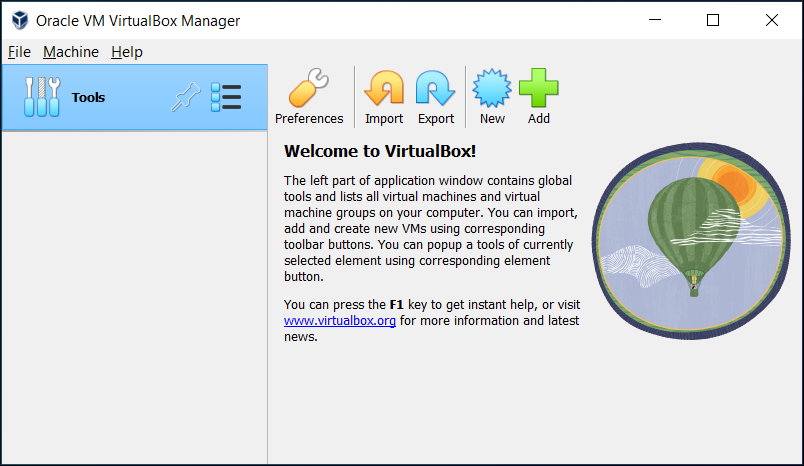I Installed Windows Xp On Virtualbox For Mac
- I Installed Windows Xp On Virtualbox For Mac Download
- Windows 7 Virtualbox Image
- Install Os In Virtualbox

In this how to video, you will learn how to install Mac OS X on Windows XP. First, download and open PearPC. Also make sure you have the Mac OS X CD or installation files on your computer. Next, select edit and navigate to the Mac OS X file. Click okay and then press configure. From here, change the settings to your liking, such as the screen resolution, and click finish.
I Installed Windows Xp On Virtualbox For Mac Download
Next, click browse and go to the Mac OS X ISO file. Open it and the installation for the operating system will start. This may take a while, depending on how fast your computer is. Once this is done, the Mac OS X is now installed.
The way I dealt with this situation is to make sure that every host has access to the common place where files are. Yamaha dgx 230 midi drivers for mac. There are 2 scenarios to consider; I will mention file permissions in the 2nd.
One user scenario: host operating system runs virtualbox under your account name. Guest systems (VMs) are accessing the shared folder as if it was a network share mounted the usual way for each VM. So for each VM you need to set up in their Settings - Shared Folders the path to point at the same location on the host. For each of your guests it will be a network share mounted at boot (if you selected Auto-mount).

Windows 7 Virtualbox Image
For your host (Mac) it will be the local path you entered in the Shared Folders. You should be able to access files alright because all VMs are running under your account. Situation gets trickier if you have several people log into your Mac and want all of them to be able to run VM's and access the same files. Multi-user scenario: Because I have several users who may run virtualbox on my main Linux machine and I want all to access the files I have used ordinary group permissions, which Mac also has. As any Unix system Mac also has /home directory, except for you it will be called /Users.

Install Os In Virtualbox
I put the VM images in a directory called VM under /home. Then I made sure the images have group permissions that allow all my users to run VMs and I tested that is possible. Virtualbox setup on Linux creates a group called vboxusers and I used that group and made sure all who I anted to run VMs would be in that group. Then I created /home/VM/foldershare directory and made sure it has rw permissions to that directory to the vboxusers group. Lastly I made sure that all guest VMs have the Shared Folder path to point to /home/VM/foldershare and tested - it works very well.
You do not have to create this shared folder under /Users - you could do it in another place, you just have to make sure permissions work. As my head is often so full with other stuff I thought home - the Linux equivalent of Users is handy because it is logical and because I have /home on a separate disk partition which is left untouched if I have to reinstall the system. If you are unsure about file permissions - the easiest way is to change them via terminal feel free to ask about permission structure; it is easy to get bogged down if you also need to think about ACLs - my advice would be - if you can get away in your situation with common Unix permissions as seen on ls -l - do that. On Linux I use ACLs only very rarely - it can introduce unneeded complexity.